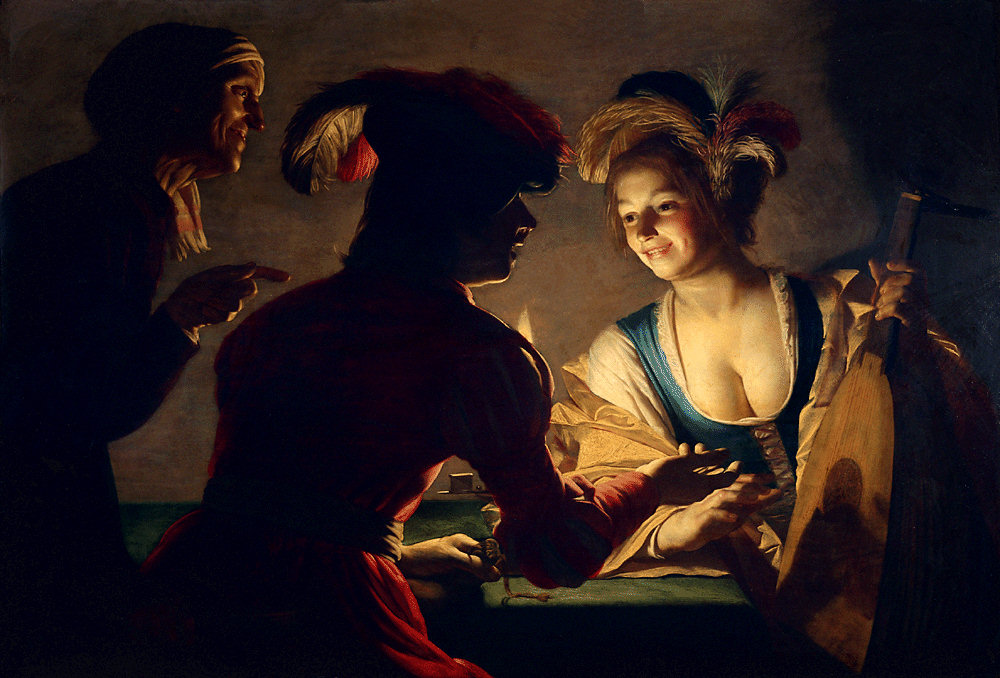This post comes to you from Cultura21
August 3nd – October 30th, Arte SusteMobile, Hamburg / RE-ART t(W)oo, Otterndorf (Germany)
Arte SusteMobile  is an art and design exhibition which focuses on sustainable traffic and mobility. Some of the themes exhibited are : art in public transport, innovative means of public transport, human powered vehicles, flying and driving with hydrogen and solar power, solar airships, bionic structured airplanes, one world transport, energy efficient and noise reductive technologies and much more… In total over 70 artists, designers and university teams from 20 nations are involved.
RE-ART t(W)oo – shows art and design in the context of recycling, waste and social development. 55 artists from 15 nations exhibiting their works made from all kind of waste and scrap plus other positions pointing onto social and ecological problems and challenges.
Both exhibitions are curated by Samuel J. Fleiner.
For more information about the project : click here and here
Cultura21 is a transversal, translocal network, constituted of an international level grounded in several Cultura21 organizations around the world.
Cultura21′s international network, launched in April 2007, offers the online and offline platform for exchanges and mutual learning among its members.
The activities of Cultura21 at the international level are coordinated by a team representing the different Cultura21 organizations worldwide, and currently constituted of:
– Sacha Kagan (based in Lüneburg, Germany) and Rana Öztürk (based in Berlin, Germany)
– Oleg Koefoed and Kajsa Paludan (both based in Copenhagen, Denmark)
– Hans Dieleman (based in Mexico-City, Mexico)
– Francesca Cozzolino and David Knaute (both based in Paris, France)Cultura21 is not only an informal network. Its strength and vitality relies upon the activities of several organizations around the world which are sharing the vision and mission of Cultura21
Powered by WPeMatico



 This Saturday from 8.30pm to 9.30pm is
This Saturday from 8.30pm to 9.30pm is